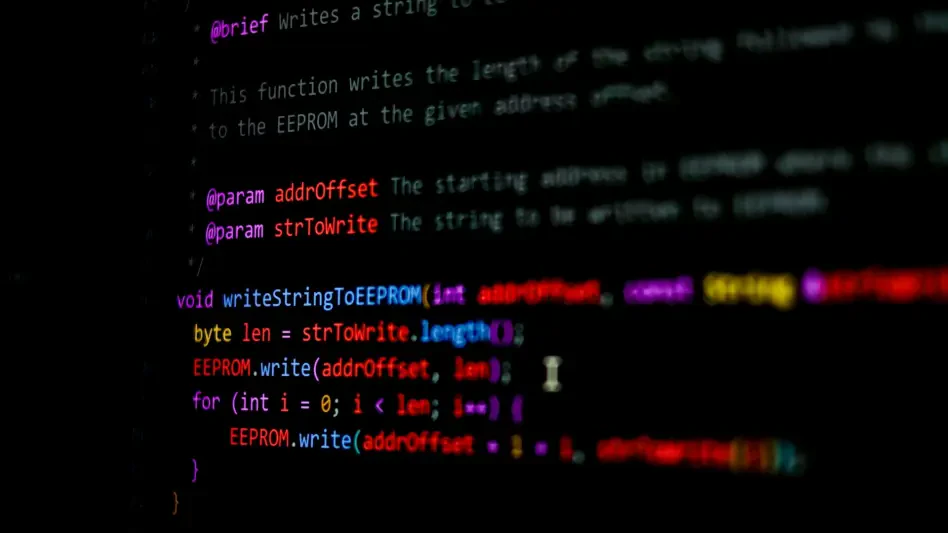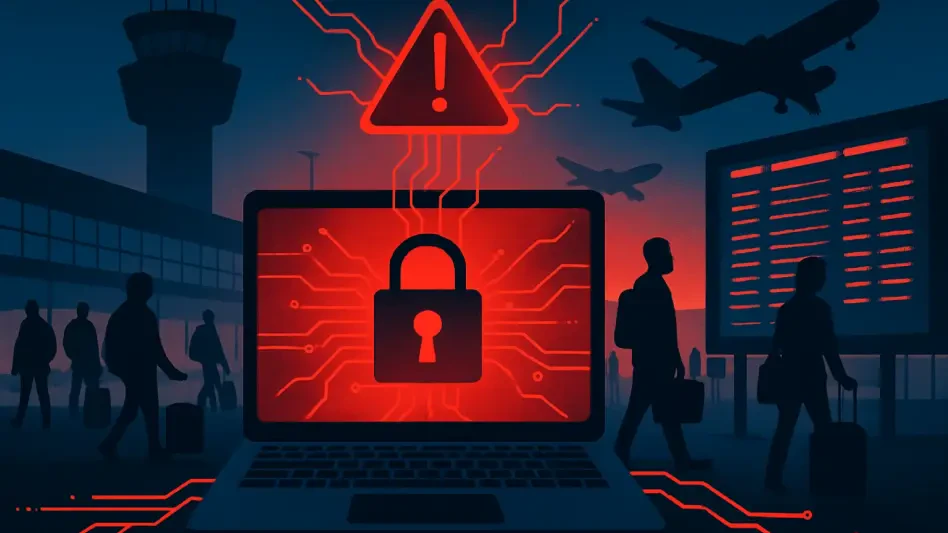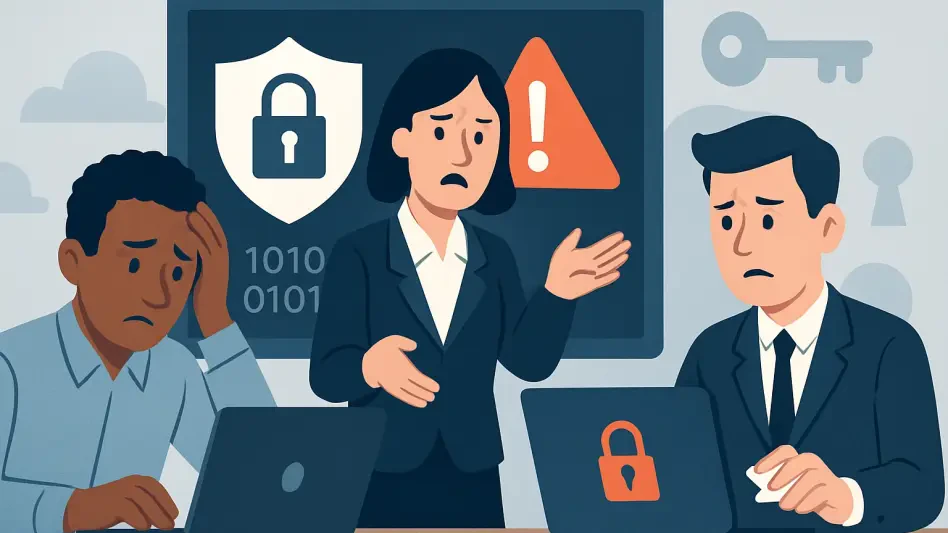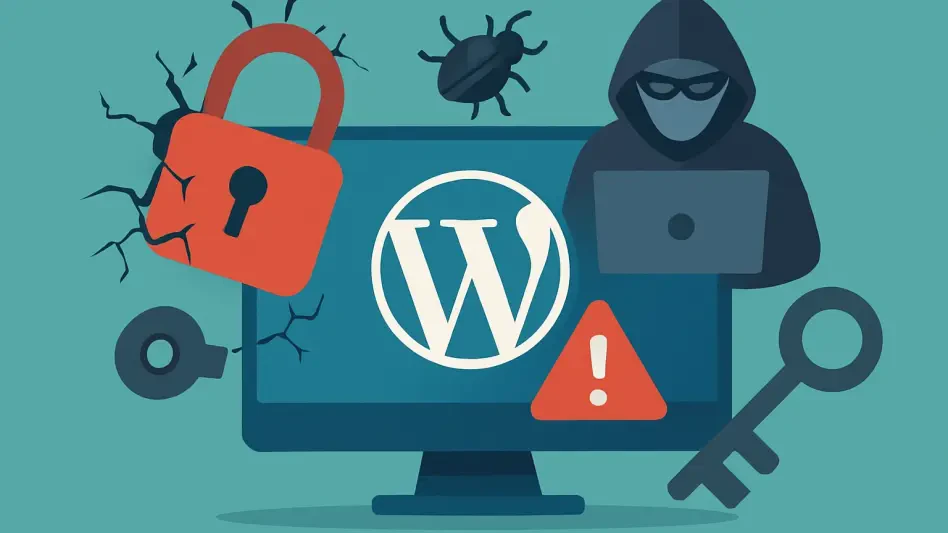In today’s technologically driven landscape, large organizations grapple with the intricate task of maintaining cyber hygiene, often challenged by the vastness of their systems and the decentralization of their staff. As technological solutions like automation come to the forefront, the pivotal inquiry persists: How can automation be deftly applied to enhance security measures without ushering in unforeseen threat vectors? This narrative dives into the multifaceted role of automation within the domain of cyber hygiene, deciphering the elements ripe for automation and those that necessitate cautious human intervention.
Understanding the Complexity of Cyber Hygiene
The Need for Asset Discovery
In the labyrinthine world of large enterprises, where systems can number in the thousands, asset visibility becomes a cornerstone of proficient cyber hygiene. Without a comprehensive understanding of all technological assets, including cloud resources, mobile devices, and even overlooked elements like shadow IT, security teams are left vulnerable to potential breaches. Automating the process of asset discovery not only mitigates common oversights but also enriches the organization’s familiarity with its own technology landscape. By embracing tools that compile exhaustive asset inventories, companies can profoundly enhance their defensive postures, ensuring each component is both seen and secured.
The path to understanding every facet of an organization’s infrastructure is fraught with challenges, but the automation of asset discovery stands as a foundational pillar. Through relentless querying and intelligent cataloging of all digital assets, organizations can set the stage for further automation processes. This is particularly crucial in a climate where hidden devices and under-the-radar software deployments could otherwise remain perilous unknowns. Thus, prioritizing complete visibility assists enterprises in laying the essential groundwork for fortified cybersecurity frameworks.
Role of Exposure Management
Exposure management tools are increasingly recognized as vital assets in the realm of enterprise security. In contrast to traditional internal audits, these tools possess the unique ability to adopt an external vantage point—holistically examining the organization’s digital footprint against a backdrop of diverse data sources. By harnessing databases such as internet registries, DNS records, and certificate metadata, exposure management aids companies in uncovering digital blind spots, broadening their awareness of hidden liabilities that could otherwise prove exploitable.
One of the strengths of these tools lies in their impartiality. Unlike conventional internal scrutiny, which may be constrained by preconceived asset inventories, exposure management sidesteps assumptions, thereby uncovering discrepancies and gaps that may escape internal examinations. This external audit reveals overlooked assets, equipping organizations with the intelligence to take preemptive measures. With a focus on proactive rather than reactive strategies, exposure management introduces an indispensable layer of security intelligence to inform broader cyber hygiene tactics, ultimately safeguarding the organization from unforeseen vulnerabilities.
Balancing Automation: Tasks to Automate
Patching Challenges
The automation of patch management within large enterprises offers a double-edged sword—streamlining operational efficiencies on one hand, while potentially sowing chaos if executed carelessly. While automating the deployment of security patches can mitigate the risk associated with delayed updates, improper management can inadvertently lead to outages or resistance from business units. The essence of successful patch automation lies in crafting robust fallback mechanisms—a safety net of sorts that includes the ability to roll back malfunctioning patches, issue timely alerts upon deployment failures, and prioritize critical flaws demanding urgent attention.
However, the underpinning of any automation strategy is its symbiosis with overarching vulnerability management practices. Integrating automated patching with vulnerability assessments enables a more focused attack surface reduction, honing in on the most pressing issues. By aligning patch cycles with operational timetables, organizations can garner the support of business teams, minimizing disruptions while maintaining a fortified security stance. Beyond tangible security gains, this alignment positions enterprises to reap cost benefits, reducing the financial toll of potential data breaches through intelligent automation.
Automating Credentials Management
As the cornerstone of identity and access management, credentials stand as formidable targets for cyber intrusions. The automation of credential management seeks to alleviate vulnerabilities, particularly those posed by outdated service accounts, shared administration credentials, and hardcoded passwords, which are frequently exploited in breaches. The strategic automation of rotating passwords, API keys, and other sensitive credentials with the aid of vaulting tools can substantially diminish exposure risk.
Yet, while automated systems can expedite the mundane, human oversight is imperative in dictating access control logic to prevent indiscriminate permissions. This blend of automated credential rotation alongside human validation aids in crafting a robust security strategy that curtails the exposure window during potential breaches. This dual approach empowers cybersecurity teams to respond agilely without significant interruption, capitalizing on the strengths of automation while safeguarding against its potential pitfalls, ensuring access permissions remain judiciously allocated and duly monitored.
Human Judgment in Automation
Effective Account Lifecycle Management
In the ever-evolving workforce ecosystem, automating account lifecycle management holds substantial merit, particularly in the streamlined onboarding and offboarding processes. Swift removal or granting of access rights fosters a security-conscious environment, minimizing risks inherent in lingering unchecked accounts. By integrating automation tools with identity providers and HR systems, organizations can ensure that permissions are regularly updated to mirror current role requirements.
However, the dynamic nature of roles within an organization necessitates that access logics remain under human oversight, ensuring they are appropriately adjusted against actual responsibilities rather than rote templates. Such human intervention is paramount in preventing obsolete access configurations and ensuring that exceptions are thoughtfully governed. While automation frees up valuable resources by standardizing many aspects of account management, maintaining a layer of human discretion ensures security measures are not only consistent but contextually relevant.
Managing Policy Exceptions
Every organization encounters instances of legitimate policy exceptions where immediate compliance with security protocols proves infeasible. Whether it’s the inability to patch a system due to technical restrictions or the need for temporary administrative access, these exceptions demand nuanced judgment. Therefore, automation should serve as a preliminary filter—identifying potential exceptions and flagging them for human evaluation.
Automated systems that preemptively generate exceptions pose the risk of configuring indefinite compliance gaps, effectively introducing hygiene failures. Instead, these systems should direct human oversight to address each case’s specificity, balancing operational necessity with security imperatives. By establishing a structured process for evaluating exceptions, organizations can mitigate vulnerability exposure while accommodating the unique requirements of their technological or operational environments.
Enhancing Cyber Hygiene with Intelligent Alerts
Prioritizing Alerts and Reporting
The sheer volume and velocity of data inherent to cyber hygiene efforts can swiftly become overwhelming, underscoring the need for intelligent automation in distilling and prioritizing alerts. Efficiently routed and actionable alerts minimize the propensity for “alert fatigue,” directing focus towards the signals most pertinent to business risk. By aligning with frameworks such as the NIST Cybersecurity Framework, automated systems can anchor these alerts within established risk management protocols, offering a cohesive method for addressing threats.
Additionally, the sophistication of automated reporting transcends mere hygiene scoring; it provides context-rich narratives that explain the underlying risks and justify corrective measures. This transition from raw data output to informed decision-making facilitates not only internal security assessments but also streamlines audit functions. Such frameworks underpin a security-first approach, optimizing organizational responses and harmonizing efforts to shield vital assets effectively.
Transforming Data into Insight
In the modern era, technology permeates every sector, creating a complex challenge for large organizations in sustaining effective cyber hygiene. These challenges arise primarily from the expansive nature of their computer systems and the decentralized structure of their workforce. As businesses increasingly turn to technological solutions like automation, a critical question arises: How can automation be implemented effectively to bolster security without inadvertently introducing new vulnerabilities? This discussion delves into the multifaceted role of automation in the realm of cyber hygiene, pinpointing which elements can be readily automated and which require thoughtful human oversight.
Automation offers numerous benefits, such as reducing human error and efficiently managing routine security tasks. It can swiftly identify and counter security threats, ensuring that systems remain secure around the clock. However, the key lies in discerning which processes are best suited for automation and which demand human judgment. Tasks such as pattern recognition and repetitive data monitoring can be competently automated, thereby freeing up human resources to focus on nuanced decision-making and complex threat analysis. Ultimately, finding the balance between leveraging automation and preserving human insight is crucial in maintaining robust cybersecurity without compromising safety.





